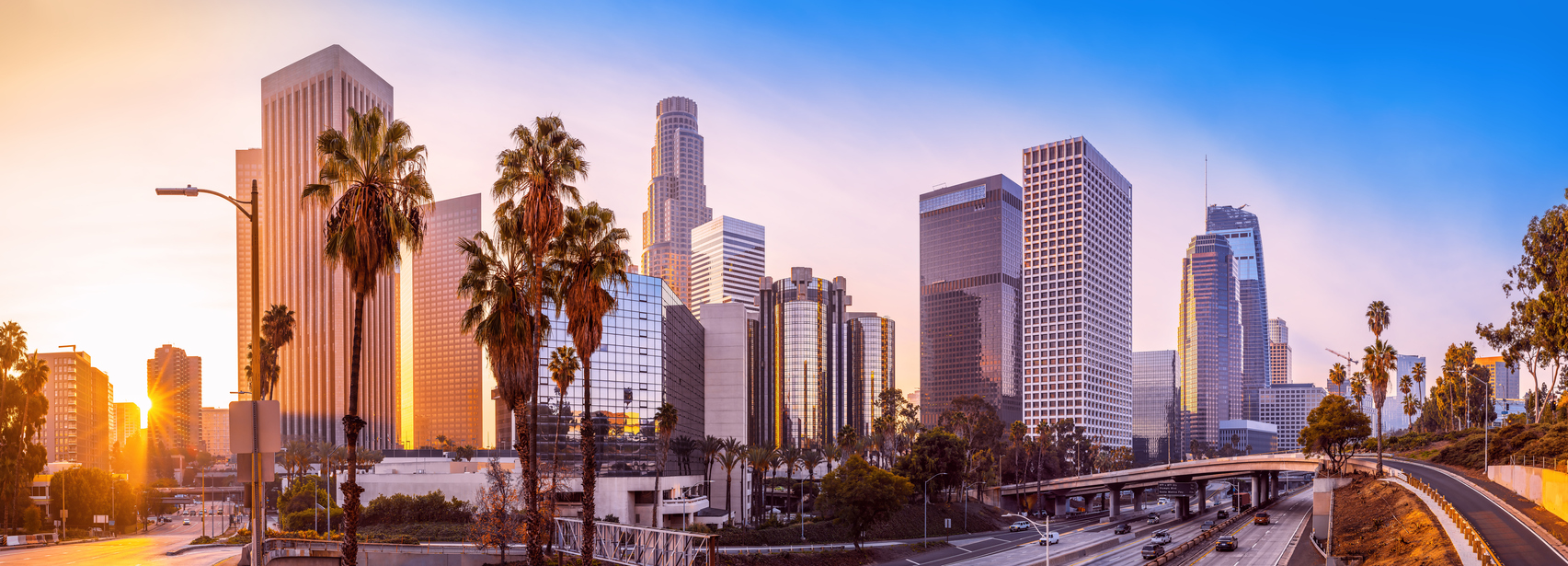
THE PROTECTOR’S PERSPECTIVE #7: EVENT MANAGEMENT & DIRECTORS
As the spring and summer months approach, the calendar fills with large-scale concerts, cultural festivals, professional sporting events, and high-profile galas. These gatherings are often perceived as seamless productions, but their success relies on meticulous planning that extends well beyond logistics, talent booking, and hospitality. Unfortunately, the security dimension of event management is still too frequently outsourced with minimal oversight or entrusted to the lowest bidder. The result: critical vulnerabilities are ignored, placing lives and reputations at risk.
This month’s edition of “The Protector’s Perspective” takes a detailed, practitioner-level look at some of the most overlooked and high-risk security challenges facing event professionals today. Many are exacerbated by emerging technologies and evolving social dynamics, while others stem from complacency or outdated protocols.
- Drone Disruptions & Aerial Surveillance
Unmanned aerial vehicles (UAVs), commonly referred to as drones, are rapidly becoming tools of both nuisance and exploitation at major events. In July 2023, a concert at Detroit’s Comerica Park was halted when an unauthorized drone entered restricted airspace, creating a safety risk and prompting FAA intervention. This is far from an isolated incident—the FAA now logs over 100 drone incursions near stadiums and large gatherings annually.
Beyond physical interference, drones present real-time surveillance and psychological threat capabilities. Equipped with high-definition cameras, drones can monitor VIP movements, map security patrol patterns, or transmit footage live on social media. In more malicious scenarios, drones can carry small payloads—such as tear gas or dye packets—into a crowd. The absence of active drone detection and mitigation policies at many venues leaves organizers unprepared to neutralize these threats.
- Insider Threats: Contract Staff & Volunteers
A comprehensive access control strategy is only as strong as its weakest link. Temporary workers—caterers, stagehands, ushers, and volunteers—are often granted unrestricted or loosely monitored access to sensitive areas, including green rooms, control booths, and VIP lounges. Despite their access, these individuals are frequently not subject to thorough background checks.
A notable incident in 2022 involved a contracted staff member at SoFi Stadium in Inglewood, California, who used their credentials to stream real-time VIP locations to social media platforms. The footage was exploited by paparazzi and online stalkers, compromising both safety and privacy. This breach highlights the urgent need for event planners to vet third-party personnel and apply tiered access credentials based on job necessity.
- Targeted Activism & Protest Disruptions
Political and environmental activists have identified live events as high-visibility platforms for protest. In July 2023, during the second round of the Wimbledon tennis tournament, climate activists affiliated with Just Stop Oil stormed the court, scattering orange confetti and puzzle pieces. Similarly, the Glastonbury Festival saw protestors glue themselves to the main stage in a demonstration against corporate sponsorship.
While these actions are often nonviolent, they are disruptive and can trigger crowd panic if mismanaged. Despite this, most event teams lack protocols for peaceful protest engagement or coordinated removal strategies. Security personnel must be trained in crowd psychology and de-escalation tactics to minimize conflict and avoid legal liabilities.
- Inadequate Crowd Flow Planning
Crowd crush incidents are among the deadliest and most preventable tragedies in event history. The 2021 Astroworld Festival in Houston, Texas, saw 10 concertgoers killed and hundreds injured due to crowd surges and insufficient exit infrastructure. Investigators cited poor layout planning and lack of crowd control personnel as primary contributors.
Additional tragedies—such as the Itaewon Halloween crowd surge in Seoul (2022) and Love Parade disaster in Germany (2010)—underscore the importance of ingress/egress modeling, emergency evacuation mapping, and barricade planning. Security consultants should be involved from the earliest planning stages to model real-time crowd behavior scenarios using simulation tools.
- Inattention to Executive/VIP Protection
Events that attract public figures must account for their specific threat profile. Assuming a high-net-worth individual or celebrity will arrive with their own security is risky unless those agents are integrated into the broader event security framework.
A 2023 breach at the BET Awards in Los Angeles revealed this vulnerability when a stalker disguised as a floral vendor gained backstage access to a performer’s dressing area. Only a chance encounter with a security officer prevented a more serious incident. Collaborative threat assessments, green room vetting procedures, and secure transit corridors are all essential in closing these gaps.
- The IED Threat: Not Just a Foreign Problem
Improvised Explosive Devices (IEDs) remain a viable threat at high-profile gatherings in the U.S., despite perceptions that they are exclusive to war zones. The 2013 Boston Marathon bombing demonstrated how small-scale homemade devices can inflict mass casualties—3 lives lost, over 260 injured—using pressure cookers packed with nails and explosives placed near the finish line.
These devices can be hidden in unattended bags, vendor carts, or utility boxes. Without explosive detection canine units, behavioral threat assessment teams, and proactive suspicious item reporting mechanisms, event spaces remain vulnerable to this enduring threat.
- Unsecured Perimeters & Emergency Access Points
Temporary fencing and crowd barricades are often treated as afterthoughts. Yet breaches at outdoor festivals and open-access venues are common. At the 2019 Rolling Loud Festival in Miami, a group of individuals tore through unsecured fencing to bypass ticket checkpoints, causing chaos at the entry point and diverting security resources from higher-risk zones.
Compounding this, emergency vehicle routes are frequently obstructed by poor traffic planning or unauthorized parking. Venues must harden perimeters with reinforced fencing, deploy roving security patrols along the outer perimeter, and ensure clear signage and access for emergency responders.
- Overreliance on Local Law Enforcement
While local law enforcement is an indispensable partner, it is not a substitute for private event security. Police departments may have limited jurisdictional focus and be pulled away from static event duties for unrelated calls or emergencies in the area.
In crowd control failures Relying solely on public police presence neglects the need for dedicated, trained teams embedded within the event’s security architecture.
- Lack of Rehearsal Drills & Security Coordination
Just as talent rehearses their performances, event staff must rehearse emergency scenarios. The absence of pre-event simulations for active shooter events, mass evacuations, and medical crises reduces the effectiveness of even the most robust written plans.
After-action reports from incidents such as the 2017 Route 91 Harvest Festival shooting in Las Vegas emphasized the lack of communication between security teams and event personnel, which delayed critical evacuation orders. Integrated radio channels, code word systems, and coordinated training are vital.
- Post-Event Vulnerabilities
Security does not end when the last attendee leaves. In fact, post-event hours present increased risks of asset theft, backstage loitering, and assault. The tear-down phase typically sees a sharp reduction in staff and security, making equipment and personnel vulnerable.
For example, in 2022, a vendor truck at a California state fair was hijacked during teardown, resulting in the loss of over $100,000 in production gear. Maintaining a scaled-down but alert security presence during load-out is critical.
- Vehicle-Based Threats (VBIEDs or Ramming Attacks)
Vehicles have become weapons of choice for terrorists and mentally unstable actors targeting large crowds. In July 2016, a 19-ton cargo truck driven by a radicalized individual plowed through a Bastille Day celebration in Nice, France, killing 86 and injuring over 430 people.
Without protective bollards, mobile barriers, or security screen points for delivery vehicles, any event with open pedestrian zones is at risk. A vehicle interdiction plan must be included in every security layout.
- Failing to Partner with a GSOC (Global Security Operations Center)
The absence of real-time threat intelligence can leave event teams blind to unfolding crises. A GSOC provides centralized situational awareness by monitoring social media chatter, environmental hazards, and coordinated attack indicators.
For example, a GSOC monitoring TikTok and Telegram channels in 2023 detected plans for an large scale group mob style attack at a Times Square public event. Early detection enabled a strategic deployment of security, avoiding a potential mass panic. Integrating a GSOC—even temporarily—into the event lifecycle can serve as an early warning system and a centralized communication node.
Final Thought
Security planning is not about creating an atmosphere of fear; it’s about engineering a space where creativity, celebration, and community can thrive safely. As security threats become more dynamic and multifaceted, event professionals must elevate their understanding and preparedness to meet today’s demands.
A proactive, intelligence-driven security model transforms protection from a compliance checkbox into an operational advantage. Because no event—no matter how spectacular—is worth the cost of preventable tragedy.

